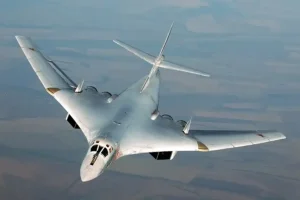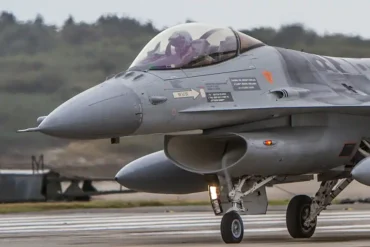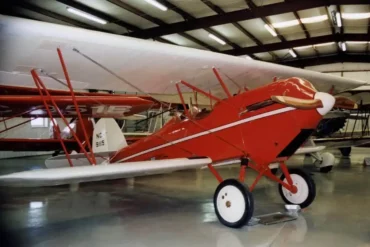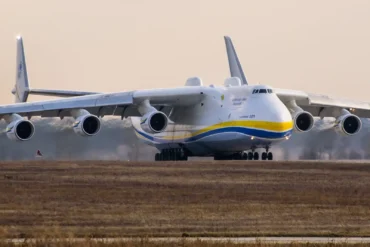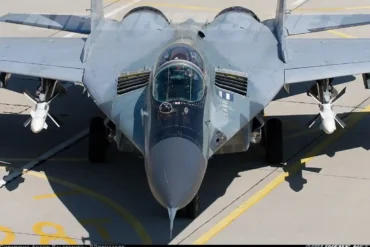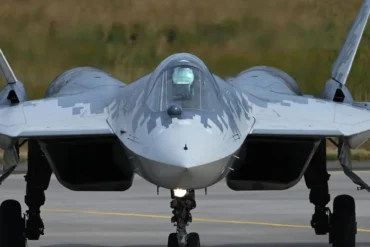Tupolev is a well-known Russian company that designs airplanes. They’ve made both civilian passenger planes and military bombers over the years. Tupolev started out as a Soviet organization and created the USSR’s first commercial jetliner as well as the world’s first supersonic passenger plane. Their headquarters are located in Moscow.
The Tupolev company includes the main design bureau, a test plant in Moscow, a branch in Tomilino, a flight test center in Zhukovsky, several design affiliates across Russia, and a division in Ukraine. In total, they employ around 10,000 people. Over its history, Tupolev has worked on about 80 aircraft projects, with close to half going into full-scale production.
In fact, Tupolev has provided over 50% of all passenger planes used by former Soviet countries. Beyond airliners, the company also makes cargo planes, drones, and experimental aircraft for research. However, they haven’t had as much success selling their planes internationally compared to other Russian aviation firms.
Tupolev traces its origins back to September 1922, when a committee was formed to design and build all-metal military planes. This committee was part of the Central Aerohydrodynamics Institute (TsAGI), the top Soviet aeronautics research organization. It was led by aviation expert Andrey N. Tupolev, who established the design team and workshop facilities in Moscow. Their early aircraft designs included notable Soviet planes like the TB-1 bomber and the massive ANT-20 airliner. In 1936, Tupolev’s design and production work was separated from TsAGI and became its own entity called Plant 156.
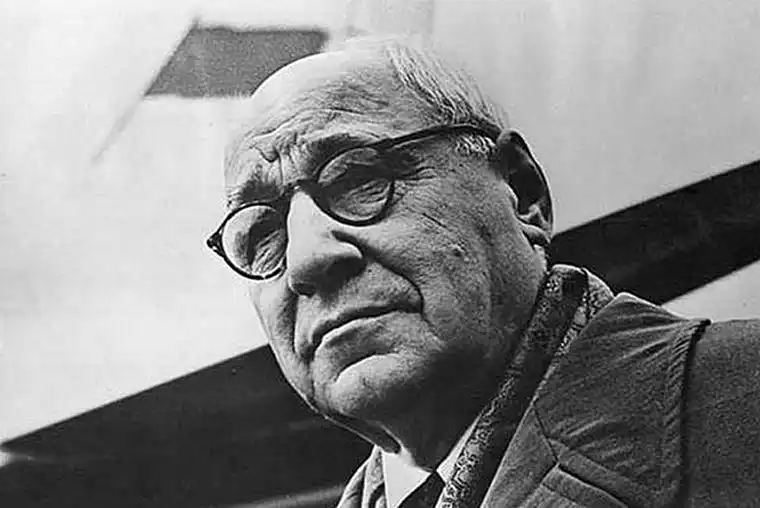
During Stalin’s purges in 1937, Tupolev and several colleagues were arrested on charges of sabotage and espionage. While imprisoned, they were able to continue designing military aircraft, including the successful Tu-2 bomber. After being released in 1941, they relocated the design bureau to Omsk to escape the German invasion. By 1943, they had returned to Moscow and reestablished the bureau as OKB-156.
After World War II, Tupolev’s main task was carefully studying and replicating the American B-29 bomber, resulting in the development of the Soviet Tu-4 bomber. They then adapted military aircraft like the Tu-4 for civilian use. Other iconic Tupolev designs from this era include the Tu-95 “Bear” long-range bomber and the Tu-104 jet airliner. They continued innovating in both military and commercial aviation over the following decades.
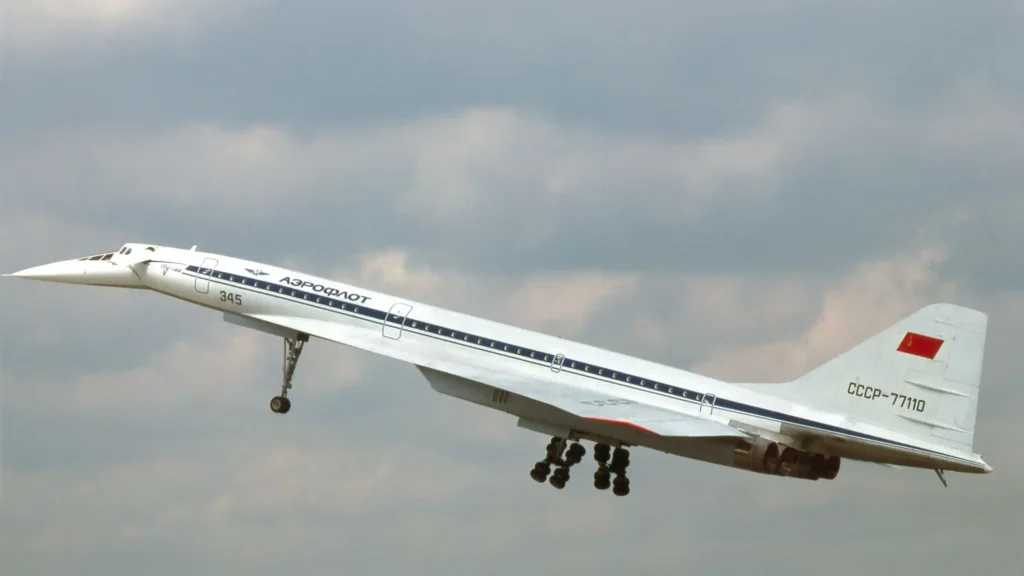
A major milestone for Tupolev was the Tu-144, the world’s first supersonic passenger plane, which first flew in 1969. However, the Tu-144 faced challenges with fuel consumption and was only briefly operated commercially before being retired. After the Soviet Union dissolved in 1992, Tupolev became a joint-stock company with limited state ownership. They weathered economic difficulties in the 1990s but continued introducing new designs like the Tu-204 airliner.
Today, Tupolev remains an important player in Russian aviation, drawing on its long history of innovative aircraft designs. While they haven’t achieved the same global success as some other manufacturers, their planes have been integral to Soviet and Russian air travel and military capabilities over the decades.
